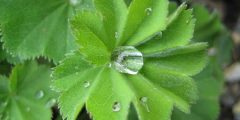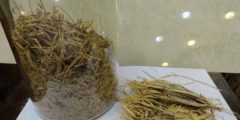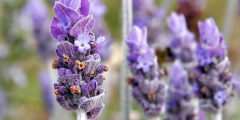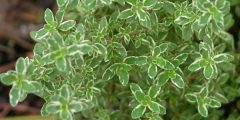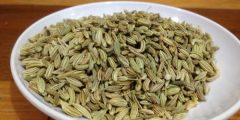Waste is known in the plant world as materials that are in excess of the plants’ needs and harmful to them, resulting from the interactions of food materials in the process of destruction and construction, called the process of metabolism. These products in the plant world are considered less compared to the animal world, where they depend on carbohydrate materials. While the animal world depends on protein materials in metabolic processes.
Excretory system in plants
There was no need for a specialized excretory device in the plant, due to the lack of demolition and construction processes, and the slow process of getting rid of waste, and the waste is also poor in toxic nitrogenous substances, resulting from the lack of use of protein substances in the process of plant metabolism, and the lack of substances on which the plant feeds. Its quantity is compared to an animal, which needs large amounts of food.
Methods of waste disposal
Carbon Dioxide
It is eliminated by the photosynthesis process that takes place in the leaves, where it reaches them dissolved in water. When the photosynthesis process is completed, the resulting waste remains in the leaves, where it is disposed of in the fall when the leaves fall, and carbon dioxide is also eliminated. By the process of dispersal, through stomata, as these processes depend on the capacity of these stomata and the age of the plant.
Read also:Components of Al-Mashat herbexcess water
It is eliminated through the process of transpiration, using the property of osmosis, where excess water reaches the leaves and evaporates from them, and from other parts of the plant such as the stem, affected by the external temperature and humidity rate. Excess water is also eliminated through the stomata, and through the dermis in some cases. Types of plants, and through the lenticels found in their stems. The process of watering also contributes to the elimination of excess water, as water is eliminated in its liquid state using specific compositions. The exposure of the plant to wounds resulting from external factors also contributes to the elimination of an amount of excess water. .
Salts and acids
- The root contributes to the secretion of complex chemical substances to be disposed of, and part of them remains in the bark of the tree, to increase its support and strength. Some organic salts and acids are also stored in the form of crystals in the cell’s cytoplasm.
- Plants have the ability to reuse the materials resulting from the catabolism process, to be used again in photosynthesis processes, due to the slow excretion process. Waste can also be stored in the plant, due to its non-toxicity, and the meager nitrogenous waste can be reused again.

